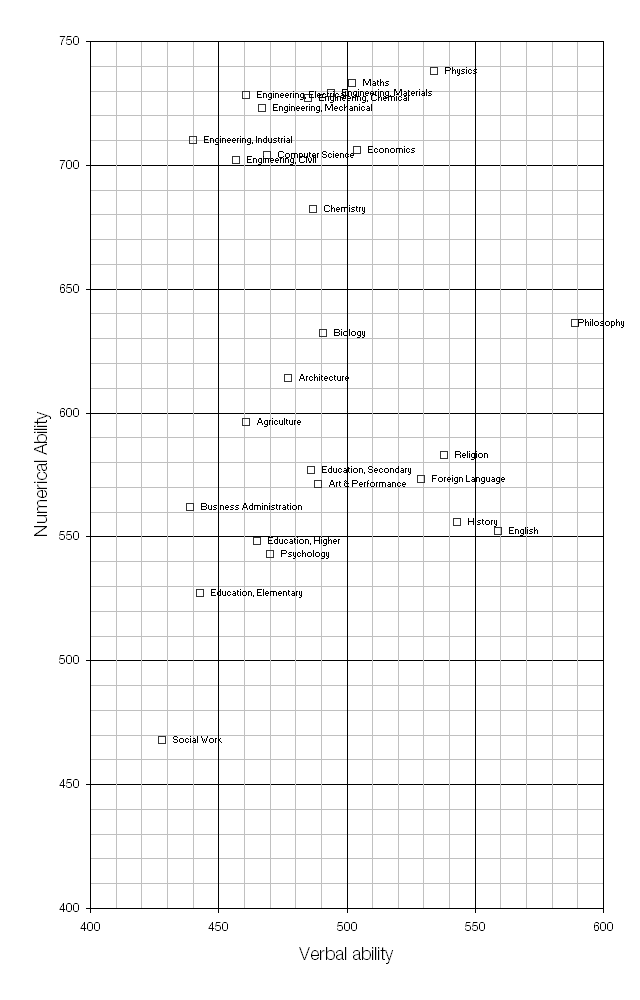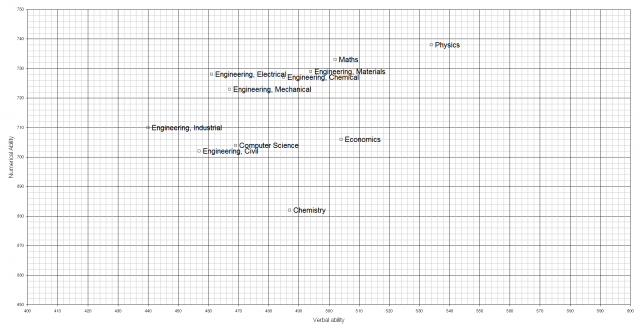Following on from an earlier post about the human eye’s inability to see the colour blue in detail, I’m taking a look at colour blindness.
 I’ll be using this test image of a forest and rainbow throughout.
I’ll be using this test image of a forest and rainbow throughout.
The two most common types of colour blindness both occur in the red-yellow-green part of the colour spectrum and are commonly referred to as red-green colourblindness, because sufferers cannot distinguish between the two colours. In both cases red and green appear yellow (i.e. as a combination of red + green = yellow).
An inability to perceive the colour red is called protanopia and occurs in some form in about 2% of males and 0.01% of females.

An inability to perceive the colour green is called deuteranopia and is the most common, occurring in some form in about 7% of males and 0.4% of females.

Protanopia and deuteranopia are very similar, but there is a subtle difference between the two if you look very carefully. The difference is easier to see in the animation below that flicks back and forth between the two.

The reason that protanopia and deuteranopia are more common in males than females is that colour blindness is most commonly inherited from a gene on the X chromosome. Men (XY) have a much higher risk than women (XX) because the colour-blindness gene is recessive: with two X chromosomes there is a chance that one of the Xs has the normal colour vision gene and that will dominate.
The third form of colour blindness, tritanopia, is much rarer and not sex-linked, because the gene that controls it is carried by chromosome seven which is present in both sexes. It occurs in about 0.01% of the population and results in short wavelength blue light being shifted towards longer, greener wavelengths. If protanopia and deuteranopia are red-green colourblindness then tritanopia could be described as blue-yellow colourblindness.









 A tuning fork creates compressions (higher pressures) and rarefactions (lower pressures) in the air.
A tuning fork creates compressions (higher pressures) and rarefactions (lower pressures) in the air.

 I’ll be using this test image of a forest and rainbow throughout.
I’ll be using this test image of a forest and rainbow throughout.


